In recent years, many camera manufacturers have found that demand for digital compact cameras has declined more and more. The main culprit is likely to be smartphones, which are equipped with ever better cameras and have long since been able to hold a candle to digital compact cameras. Fewer and fewer people want to carry around a separate digital camera when the smartphone, which is always with them anyway, takes similarly good pictures. However, the demand for system and SLR cameras has been rising for some time. They offer better image quality than smartphones and ensure more creative scope for ambitious hobby and professional photographers. The number of photographers opting for a camera with a full-frame sensor is also steadily increasing. With these models, the sensor is particularly large, which contributes to a very high image quality. The photos taken are accordingly brilliant, dynamic and rich in detail.
When you are interested in buying a full-frame camera, similar aspects play a role as when buying any other camera. For example, it comes down to resolution, autofocus, ease of use and noise behaviour. In the last point, the cameras with the large sensor have an advantage over the so-called crop cameras, which work with a smaller sensor: The photos have very low image noise even in low light. An important question you should ask yourself before buying a camera with a full-frame sensor is: should it be a system camera without a mirror? Or a reflex camera? Both types of camera are now available with full-frame sensors and have their own advantages and disadvantages. The best thing to do is to read on in the lower section of our shop. There we explain all the important features of the full-frame camera, introduce the most popular manufacturers of these camera models and also show you the essential differences between the SLR and the system camera. In this way, you are sure to find a model to suit your requirements.
For a long time, only professional and professional photographers knew what exactly a full-frame camera was. Today, however, amateur photographers are increasingly opting for these camera models. The term states that the camera is equipped with a sensor that is a certain size. The sensor is used to convert the light that enters the camera during exposure in order to store it digitally and process it further. Accordingly, the sensor corresponds to what the film was in the analogue camera. The full-format sensors have the special feature that they are 36 x 24 millimetres in size. Compared to the crop sensors that are normally installed in system or SLR cameras, the full-format sensor is much larger. The difference is even more noticeable when the full-format sensor is compared with the sensors of compact cameras: The latter are only around 6.2 x 4.6 millimetres in size.
By now, even many ambitious amateur photographers know that the stated resolution in megapixels is less decisive for image quality than the sensor size. The larger a sensor is, the more image information and image details it can store. The pixels do not have to be so close together, which significantly reduces image noise. Even at high ISO values, which are often necessary in low light conditions, a camera with a full-frame sensor delivers low-noise images. In addition, the sensor size influences the depth of field, leaving more creative scope for experimenting with blur and sharpness.
At the moment, the following five manufacturers in particular have full-frame cameras on offer:
| Canon | Nikon | Pentax | Sony |
The current full-frame cameras from these manufacturers can be found mainly in the high-priced premium and professional segment. But Pentax and Panasonic now also offer full-frame cameras. We assume that other camera manufacturers will soon follow suit.
A camera equipped with a full-frame sensor has the edge over models with a smaller sensor, especially in terms of image quality. Accordingly, you will enjoy the following advantages when you buy such a camera.
However, full-frame cameras also harbour a few disadvantages. You should be aware of the following aspects before making a purchase so that you do not end up with unpleasant surprises and disappointment.
High detail
Clear images with great detail
High dynamic range
Low noise and sharp shots even in low light
Lots of image information included - high magnification prints possible
Creative image shaping tools with selective blurring
High initial cost - not only for the camera body, but also for the appropriate lenses
Large image files that take up a lot of memory
Mostly larger dimensions and heavier weight than cameras with a smaller sensor
In addition, the lens selection is not as extensive as is the case with crop cameras. This is because there are some lenses that have been specially developed for crop cameras but cannot be used on a camera with a full-frame sensor because vignetting would occur.
Once you have decided that you want to buy a full-frame camera, there is still the important question of whether it should be an SLR or a mirrorless system camera. While a few years ago the large sensors were reserved exclusively for single-lens reflex cameras (DSLRs), today there are more and more manufacturers who are also incorporating the full-format sensors into system cameras without mirrors (DSLMs).
A DSLR is equipped with a foldable mirror. It projects the image directly onto the optical viewfinder through which you look when you want to take a picture. As soon as you press the shutter button, the mirror folds back. This ensures that the light can fall directly on the sensor for the desired time (exposure time). In contrast, this mirror between the viewfinder and the sensor is completely missing on a system camera. You see the image you want to take either on the display or through a so-called electronic viewfinder.
Due to their different designs, DSLRs and DSLMs also have different features. Many amateur and professional photographers continue to choose the DSLR with full-frame sensor because they do not want to do without the optical viewfinder. It displays the image section very precisely and there are no reflections in sunlight. However, the camera weight of a DSLR with a full-frame sensor is considerably higher than that of a DSLM. Thanks to its compact design, the full-frame system camera is perfect for everyday use and especially for holiday photography.
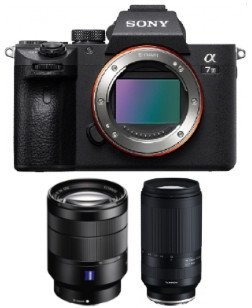
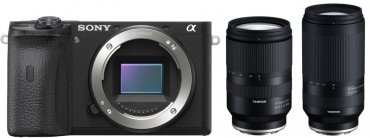
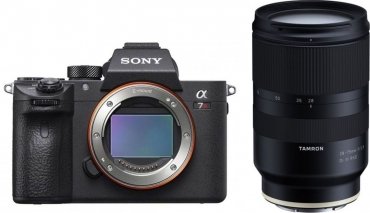

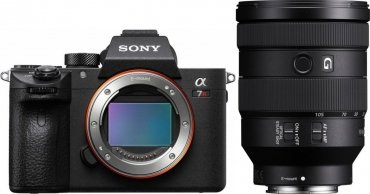
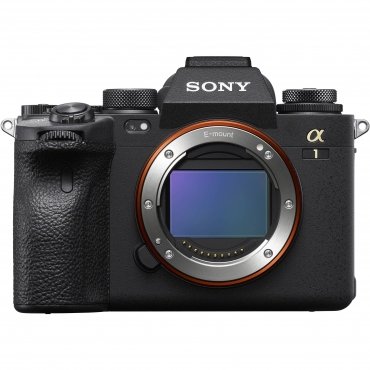
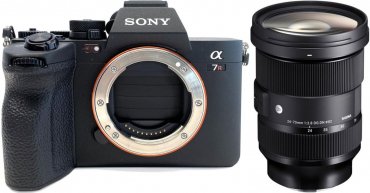
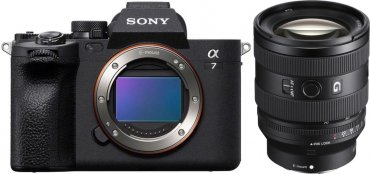
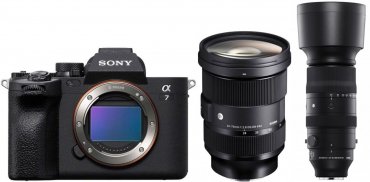

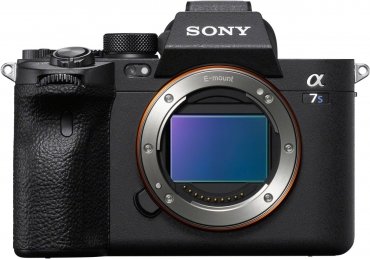
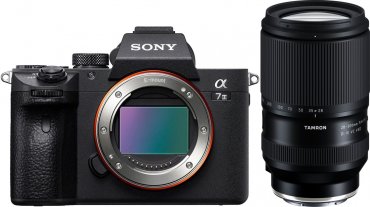

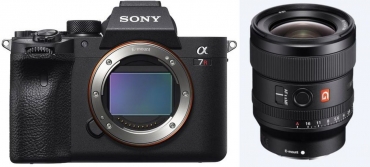
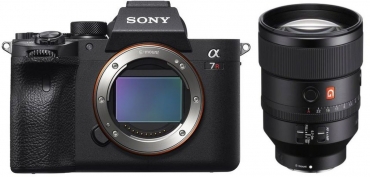

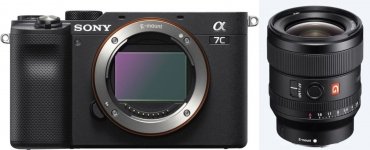
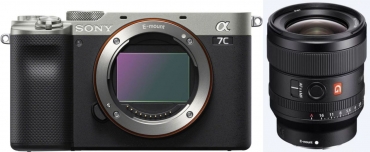

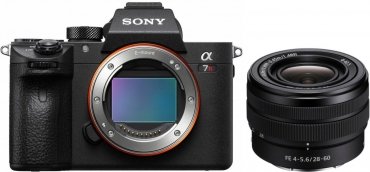

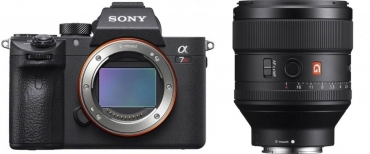
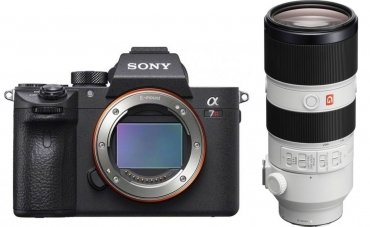
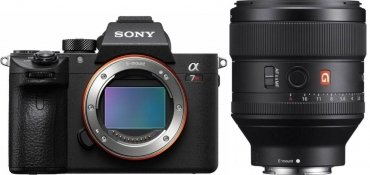
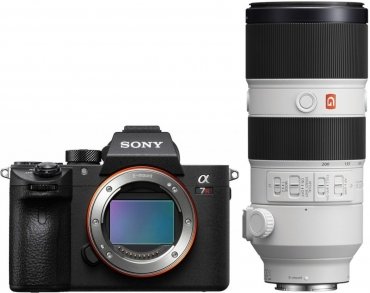
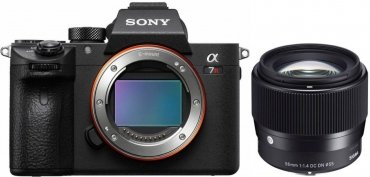
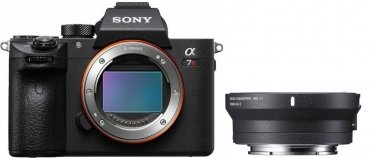
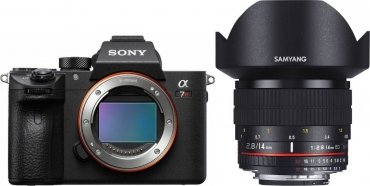
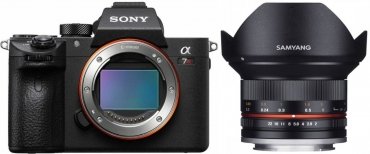

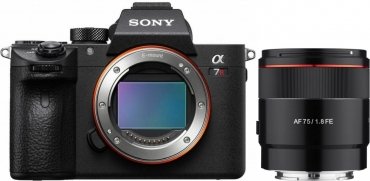
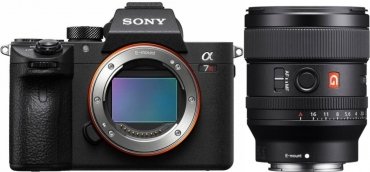
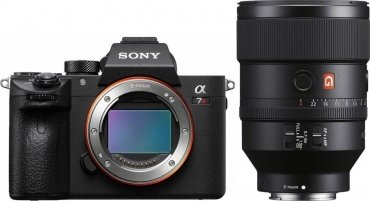

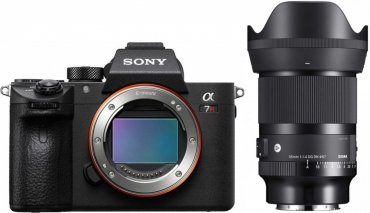
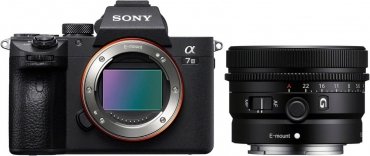
Simply subscribe and benefit as a newsletter recipient every week: